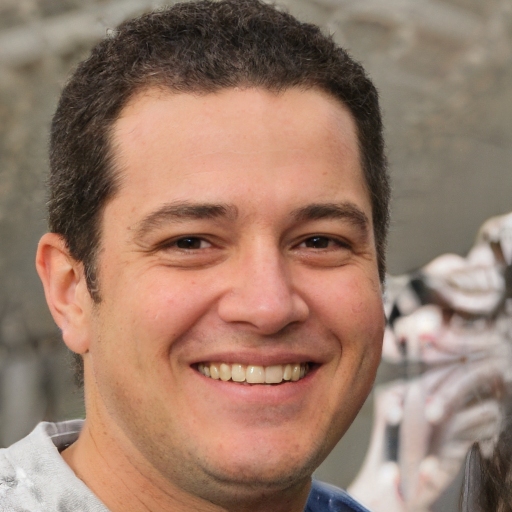Solana’s Alpenglow Upgrade Aims to Slash Validator Costs

An upcoming upgrade for the Solana blockchain, known as Alpenglow, is expected to significantly reshape the network’s operational landscape. The enhancement, which could arrive as early as the end of 2024, is designed to lower the substantial costs associated with running a network validator, potentially making participation more accessible.
Addressing a Major Barrier to Entry
One of the most significant challenges for Solana validators is the high operational expense. According to Michael Repetny, CEO of the liquid staking protocol Marinade Finance, running a validator node currently costs around $5,000 per month. A large portion of this expense—approximately $4,000—is dedicated to voting fees alone.
This high financial barrier limits the number of individuals and smaller entities that can afford to help secure the network. The Alpenglow upgrade targets this issue directly by optimizing the network’s fee structure and operational mechanics. By dramatically reducing these voting fees, the update aims to foster a more inclusive and decentralized ecosystem.
Boosting Network Performance and Accessibility
Beyond cost reduction, Alpenglow is set to deliver key performance improvements. The upgrade is engineered to increase network bandwidth and reduce latency, leading to faster and more efficient operations. These technical enhancements are crucial for supporting Solana’s continued growth and maintaining its competitiveness.
By making it easier and cheaper for new validators to join, the upgrade directly contributes to a more robust and resilient blockchain. A wider and more diverse set of validators strengthens the network’s security and aligns with the core principles of decentralization, moving away from a system dominated by larger, well-funded operators.
Projected Timeline and Impact
In an interview with CoinDesk, Repetny provided an optimistic timeline for the rollout. The Alpenglow upgrade is projected to launch as early as the end of 2024, with a latest estimate of early 2026. This relatively short window suggests that the Solana community could soon see tangible benefits.
Ultimately, the Alpenglow upgrade represents a strategic step toward ensuring Solana’s long-term health. By lowering the financial barrier to entry, it promises to cultivate a more decentralized validator environment, which is fundamental to the security and stability of the entire ecosystem.
Solana co-founder Anatoly Yakovenko has ignited a critical debate within the blockchain community by labeling the assertion that Ethereum Layer 2s inherit the security of Layer 1 as “completely bogus.” His statement directly challenges a core value proposition of many scaling solutions and forces a closer look at their underlying vulnerabilities.
The common understanding is that by building on Ethereum, Layer 2 networks automatically gain its robust security guarantees. Yakovenko argues this perception isn’t entirely accurate. During a discussion on X, he highlighted that while Layer 2s are designed to scale Ethereum, they often introduce their own security and decentralization trade-offs that deserve serious scrutiny.
The Centralization Dilemma
One of Yakovenko’s primary concerns centers on decentralization, particularly the reliance on multi-signature (multisig) arrangements to control user funds. While a multisig setup provides a degree of protection by requiring multiple approvals for transactions, it also concentrates power in the hands of a few signers. This creates a potential single point of failure where a small group could freeze or misappropriate funds. It also forces users to trust the keyholders, moving away from the trustless ideal of a true Layer 1 blockchain.
The Auditing Nightmare
Yakovenko also pointed to the immense complexity of Layer 2 codebases, suggesting their extensive nature makes comprehensive auditing “practically impossible.” This raises significant questions about the hidden risks within these systems. Without rigorous, end-to-end audits, unaudited code can harbor critical bugs or exploits that leave user funds vulnerable to attack. The rapid development cycles common in the space may prioritize speed over the thorough security checks needed to vet these intricate protocols, leaving a scarcity of skilled auditors able to tackle the challenge.
A Call for Critical Evaluation
Yakovenko’s remarks serve as a vital wake-up call for the blockchain ecosystem. His critique isn’t a dismissal of Layer 2 technology but a push for a more realistic understanding of its current state and limitations. This dialogue encourages a shift toward enhanced transparency, where projects are clearer about their specific security models and trust assumptions. It also underscores the need for improved auditing practices and clear roadmaps for progressive decentralization, moving L2s away from centralized points of control.
Ultimately, this candid assessment is a reminder that innovation often comes with trade-offs. While Layer 2 solutions are crucial for scaling, their security models require continuous scrutiny and improvement. Fostering a healthier, more transparent conversation is paramount for the long-term success and widespread adoption of these vital technologies.











